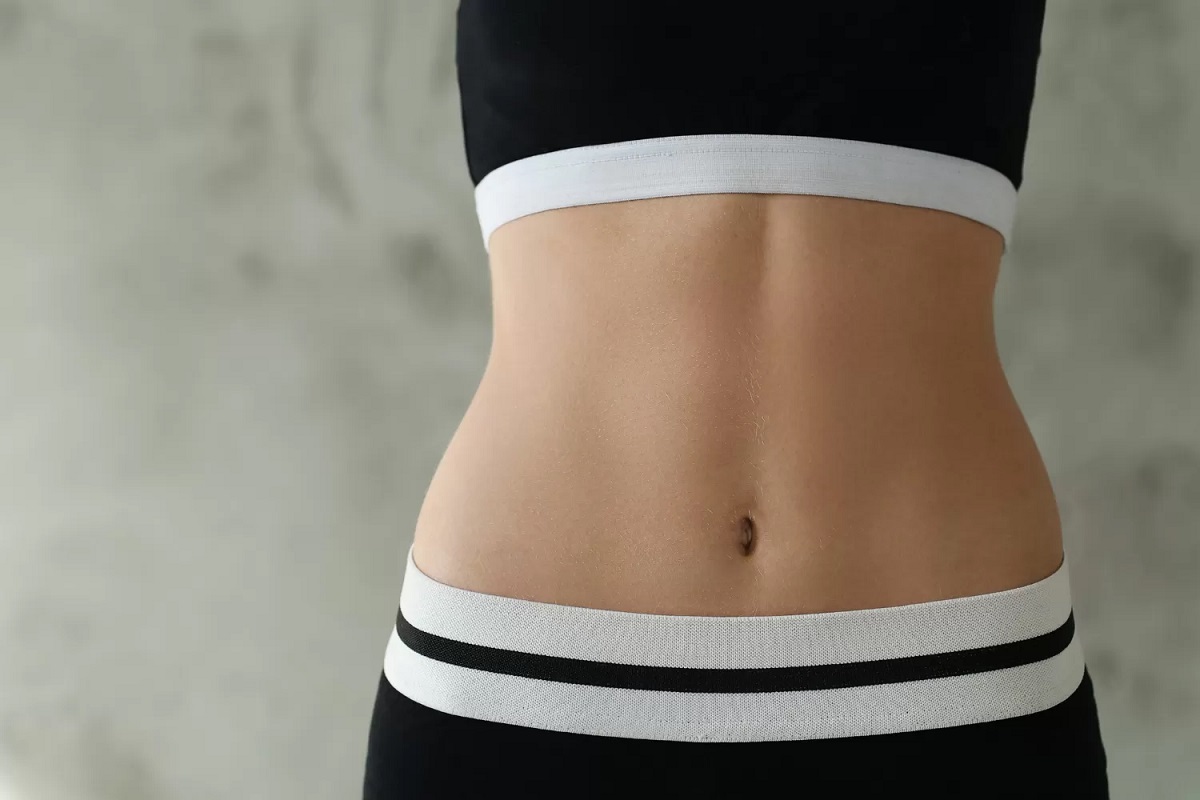How To Achieve A Flat Stomach After 40: Focus On Healthy Eating And Increased Physical Activity

Flat Stomach After 40: As we age, our metabolism naturally slows down, and maintaining a healthy weight and body composition becomes more challenging.
After the age of 40, many people experience an increase in abdominal fat, especially visceral fat (the fat stored around internal organs), which has been linked to numerous health risks such as heart disease, type 2 diabetes, and even certain cancers.
Flat Stomach After 40, Achieving a flat stomach after 40 is not just about aesthetics—it’s about improving overall health and quality of life. This essay explores how healthy eating habits and increased physical activity can help reduce belly fat and promote longevity.
1. Understanding Visceral Fat And Its Impact On Health

Flat Stomach After 40, Visceral fat is different from subcutaneous fat, the type of fat found directly under the skin. Visceral fat wraps around internal organs such as the liver, intestines, and heart, which makes it more dangerous. Excessive visceral fat is associated with an increased risk of chronic diseases, including cardiovascular disease, insulin resistance, and high blood pressure. Understanding this distinction highlights why it is important to focus on reducing this type of fat as we age, not just for cosmetic reasons but also for our long-term health.
2. The Role Of Diet In Achieving A Flat Stomach
A balanced, nutrient-dense diet is key to reducing belly fat after 40. The right foods can help regulate metabolism, reduce inflammation, and maintain healthy hormone levels. Several dietary principles can be particularly beneficial:
Eating Whole, Unprocessed Foods: Flat Stomach After 40, Consuming whole foods such as vegetables, fruits, lean proteins, whole grains, and healthy fats helps manage weight and reduce inflammation. Processed foods, which are often high in sugar, unhealthy fats, and refined carbohydrates, contribute to fat storage, especially around the abdominal area. A diet rich in fiber helps with digestion and can prevent bloating, giving the stomach a flatter appearance.
Reducing Sugar And Refined Carbohydrates: Excess sugar and refined carbs (such as white bread, pasta, and sugary snacks) contribute to the storage of visceral fat. Studies have shown that high sugar intake leads to increased abdominal fat and insulin resistance, which is a precursor to type 2 diabetes. Choosing complex carbohydrates such as whole grains and vegetables can help maintain stable blood sugar levels, reducing the likelihood of fat accumulation.
Incorporating Healthy Fats: Flat Stomach After 40, While it might seem counterintuitive, healthy fats (found in foods like avocados, nuts, seeds, and olive oil) can actually help with fat loss. These fats support hormone balance, reduce inflammation, and improve satiety, which helps prevent overeating. Omega-3 fatty acids, in particular, found in fatty fish like salmon, have been linked to lower levels of belly fat and improved metabolic health.
Eating Protein-Rich Foods: Protein is essential for muscle maintenance and repair, and it also plays a crucial role in managing appetite. Eating enough protein-rich foods (such as lean meats, legumes, and dairy) can help reduce cravings and increase muscle mass, which in turn helps boost metabolism. Muscle mass naturally decreases with age, so preserving and building muscle is important for maintaining a healthy weight.
3. The Importance Of Physical Activity

Flat Stomach After 40, Exercise is a cornerstone of any weight loss or body composition improvement plan. After 40, maintaining an active lifestyle is particularly important for reducing visceral fat and improving overall health.
Cardiovascular Exercise: Cardiovascular exercises, such as walking, running, cycling, or swimming, are effective for burning calories and reducing fat, including belly fat. Studies have shown that aerobic exercise can help reduce visceral fat, even in older adults. Engaging in moderate to intense cardio for at least 150 minutes per week is recommended for overall health and weight management.
Strength Training: Flat Stomach After 40, Strength training, or resistance exercises, helps build and preserve muscle mass, which naturally decreases with age. Muscle burns more calories at rest than fat, so increasing muscle mass can help boost metabolism. Moreover, strength training exercises like weightlifting, bodyweight exercises (e.g., squats, push-ups), or resistance band workouts are crucial for toning the muscles of the abdomen and reducing belly fat.
Core Strengthening Exercises: While spot reduction (losing fat in a specific area) is a myth, strengthening the core muscles can help improve posture, tone the abdominal area, and enhance the appearance of the stomach. Exercises such as planks, leg raises, and Pilates movements can strengthen the core and support a flatter stomach. These exercises should be combined with overall fat-burning activities for optimal results.
Flexibility And Stress Management: Flat Stomach After 40, Incorporating yoga or stretching exercises into your routine can reduce stress, which is a major contributor to abdominal fat accumulation. High cortisol levels, the hormone released during stress, have been linked to increased visceral fat. Regular mindfulness practices like yoga can help lower cortisol levels and improve overall well-being.
4. The Role Of Sleep And Stress Management
Flat Stomach After 40, Sleep and stress management are often overlooked in the pursuit of a flat stomach. Poor sleep and chronic stress can lead to hormonal imbalances, including elevated cortisol, which can encourage fat storage in the abdominal region. Studies have found that getting at least 7-8 hours of sleep per night is important for weight management. Managing stress through mindfulness techniques, relaxation, and adequate rest is essential for reducing abdominal fat.
5. Consistency And Patience

Flat Stomach After 40, Achieving a flat stomach after 40 requires patience and consistency. The process will be slower than it was in your younger years due to natural changes in metabolism and hormone levels. However, with a consistent approach to healthy eating, regular exercise, and stress management, it is possible to reduce belly fat and improve overall health.
Also Read:
4 Tips For Improve Vision Naturally: Can Eye Exercises Improve Vision Problems?
The 12 Best Home Remedies For Belly Fat
Weight Loss Surgeries Types: Everything You Need To Know About Seven Popular Weight Loss Surgeries




